Concealed Carry Corner: What To Practice For Concealed Carry - Part 1

Welcome back to another edition of Concealed Carry Corner. Last week, we talked about how to carry when you're on vacation, along with some of the challenges that come with traveling. If you happened to miss that article, be sure to click the link here to check it out. This week, I think it's important to look at how exactly you train for carrying a concealed gun. Of course, we love to go out with our full-size range guns and shoot quick split times with something that's relatively easy to fire, but what about our carry guns? If you talk to the general person who carries a concealed firearm, you'll quickly notice that people who carry their guns don't train with them. This will be a two-part series where we talk about the most important aspect of training with carry guns and next week will be focused more on drills as well as tips to train. Let's take a closer look at what to practice for concealed carry.
Dry Fire Is King
The secret that many newer shooters don't understand is the fact that dry firing costs you absolutely nothing and allows you to work on roughly 85% of the fundamental skills without ever having to fire a shot at the range. Aspects like drawing from concealment, presenting your firearm, sight picture, trigger control and magazine reloads can all be done without ever going to the range or firing a shot. One of the most common excuses I hear when it comes to training with a firearm is the lack of time people have in their busy schedules to fit in training with their carry gun. When it comes to dry fire practice, the sweet spot is roughly between 20-30 minutes before you start to lose focus or start feeling like doing something else.
Building that muscle memory only takes roughly 2-3 times a month, where you practice for 20 minutes each session. If you want to do more dry firing, that will only help your case, but just starting out, it certainly builds muscle memory much faster than hitting the range and burning a couple of hours up each time. Even doing a couple of practice draws before leaving the house allows you to have some familiarity with drawing your handgun from concealment, which just makes you faster in the end. There's a fairly significant section of the carrying population who say hitting the range takes up too much of their busy lives, which is exactly why they don't train as much as they should. The truth is, you can practice for even 10-15 minutes before relaxing for the night just to get a rough feeling of what it takes to draw your firearm and present it. That's the bare minimum that should be occurring since everyone will have time for that.
How Much Does It Cost?
Like I said earlier, starting out with dry firing will literally cost you nothing. You can hang up smaller targets on the wall or just use a corner of the ceiling as a reference point. This should go without saying, but if you plan on dry firing, make sure the gun is completely unloaded. While you're dry firing, there should be absolutely no ammunition or loaded magazines around, just so there's no mixing up when practicing. Just having your holster, cover garment and unloaded handgun will be enough to get you started, so you'll be confident enough to draw your carry gun under pressure if needed.
For beginners, I always tell people to start there and if you start having a consistent schedule where you enjoy dry firing, there are endless options for any budget out there. Whether you want to spend $20 on snap caps for your carry gun or a full laser system to tell you exactly where you're hitting for a couple thousand, there are all kinds of various training aids available. Along with training aids, there are also movement drills and real-life scenarios online that you can walk through and practice drawing your gun with if that's something you’re interested in as well.
The number one thing to keep in mind is not to go overboard with the training tools. People will oftentimes buy the expensive training aids only to use them for a month and after that, they sit collecting dust when you could have spent that money on ammo or training. I always recommend people to start off slow with no aids, then if you want to dry fire more, move to snap caps and train with those for a while. After about 6 months of consistently training at your house, you can start thinking about whether or not it's time to invest in a more expensive training aid. But rushing into things and buying an expensive training aid right off the bat is typically a waste of money.
Overall Thoughts
Dry firing is one of the best ways to improve your shooting abilities without spending a ton of money on ammo or training. It can help build your reloads, drawing from concealment sight picture and trigger control without ever going to a live fire range. While it's not perfect and you will eventually need to go to the range to practice other fundamentals, dry firing will allow you to do the majority of things without ever leaving your home.
What do you guys think about dry firing and what have you experienced with it? Let me know your thoughts down in the comments below. If you have questions about dry firing or firearms, be sure to shoot me a message on Instagram @fridgeoperator. Stay safe out there and we will see you next week for part 2, where we talk about live fire drills.
TFB’s Concealed Carry Corner is brought to you by GLOCK

I'm an avid shooter and love educating whether it's at my job or in the shooting community. I'm an average joe that really loves talking with other people about firearms and other passions.I'm active on Instagram on @fridgeoperator.
More by Matt E
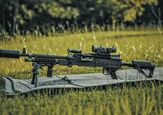
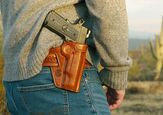
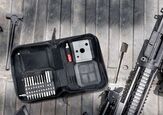








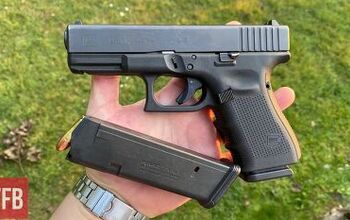
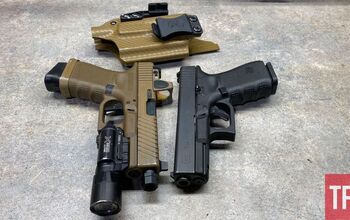
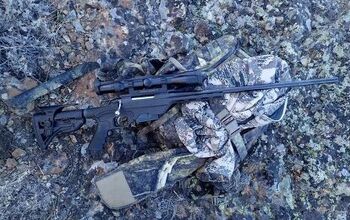

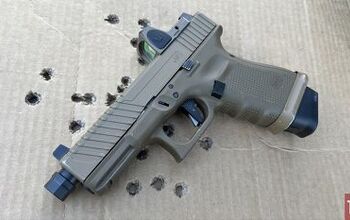

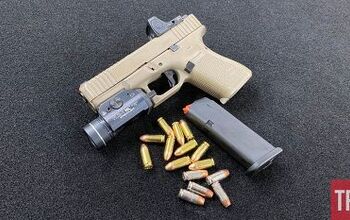

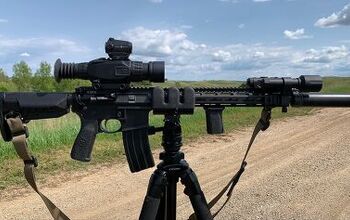
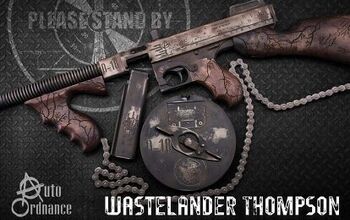


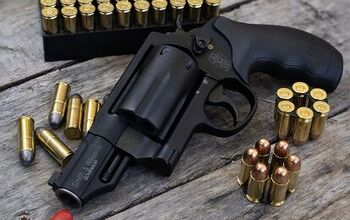
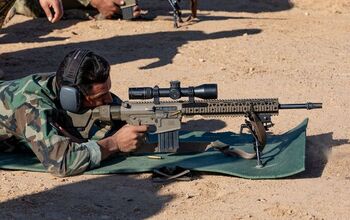
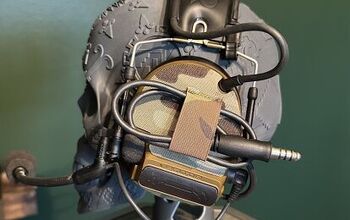
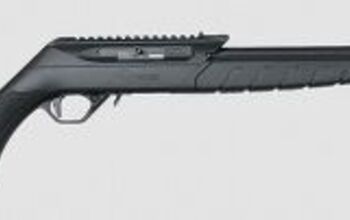


Comments
Join the conversation
Be sure to use snap caps if unsure of damage from dry firing. Pistol such as a CZ or others that have a cross pin firing pin retainer that runs through the slide dry firing can damage the roll pin from firing pin notch slamming against it.
CZ is a brand. https://cz-usa.com/